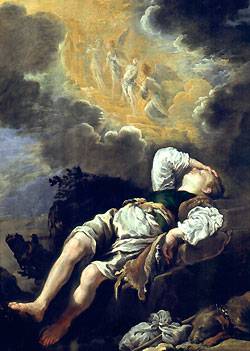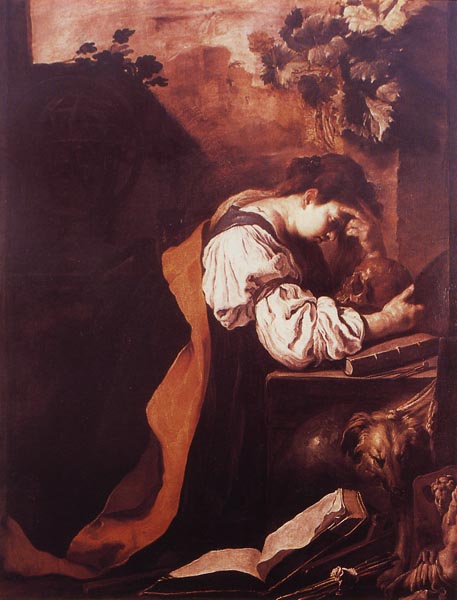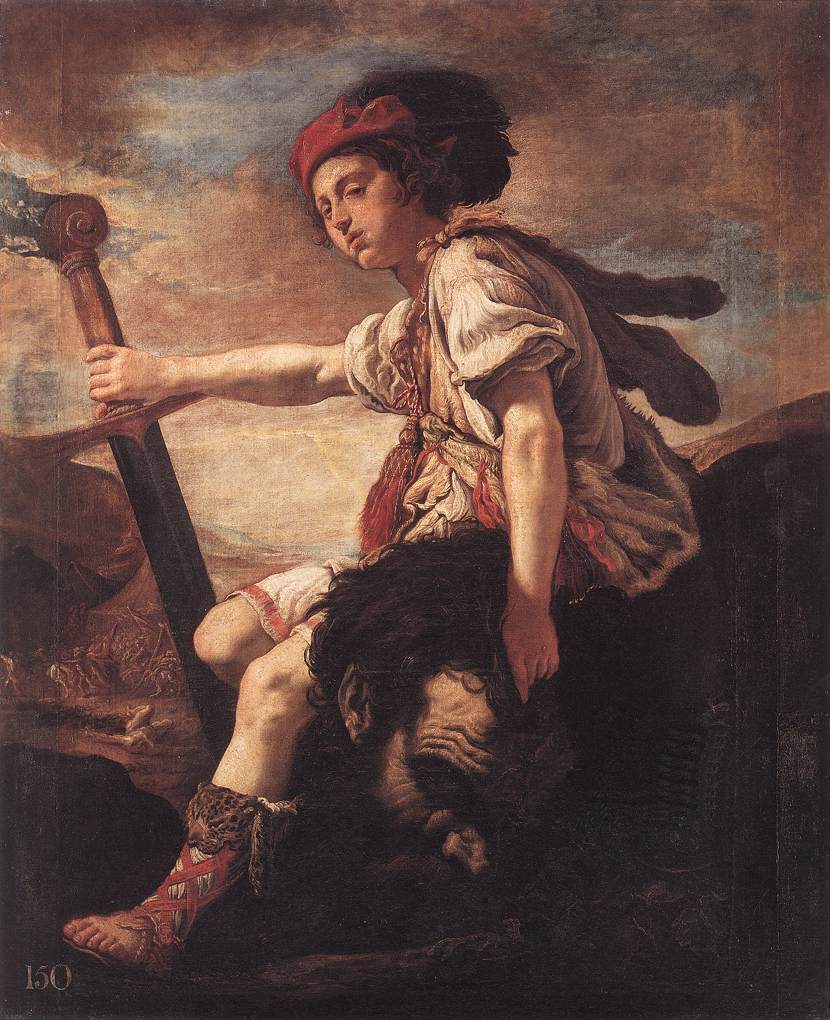Domenico Fetti (1589 – 1623)
Get a Fetti Certificate of Authenticity for your painting (COA) for your Fetti drawing.
For all your Fetti artworks you need a Certificate of Authenticity (COA) in order to sell, to insure or to donate for a tax deduction.
Getting a Fetti Certificate of Authenticity (COA) is easy. Just send us photos and dimensions and tell us what you know about the origin or history of your Fetti painting or drawing.
If you want to sell your Fetti painting or drawing use our selling services. We offer Fetti selling help, selling advice, private treaty sales and full brokerage.
We have been authenticating Fetti and issuing certificates of authenticity since 2002. We are recognized Fetti experts and Fetti certified appraisers. We issue COAs and appraisals for all Fetti artworks.
Our Fetti paintings and drawings authentications are accepted and respected worldwide.
Each COA is backed by in-depth research and analysis authentication reports.
The Fetti certificates of authenticity we issue are based on solid, reliable and fully referenced art investigations, authentication research, analytical work and forensic studies.
We are available to examine your Fetti painting or drawing anywhere in the world.
You will generally receive your certificates of authenticity and authentication report within two weeks. Some complicated cases with difficult to research Fetti paintings or drawings take longer.
Our clients include Fetti collectors, investors, tax authorities, insurance adjusters, appraisers, valuers, auctioneers, Federal agencies and many law firms.
We perform Domenico Fetti art authentication, appraisal, certificates of authenticity (COA), analysis, research, scientific tests, full art authentications. We will help you sell your Domenico Fetti or we will sell it for you.

Domenico Fetti was an Italian Baroque painter active mainly in Rome, Mantua and Venice. Born in Rome to a little known painter, Pietro Fetti, Domenico is said to have apprenticed initially under Ludovico Cigoli, or his pupil Andrea Commodi in Rome from circa 1604-1613. He then worked in Mantua from 1613 till around 1621-22, patronized by the Cardinal, later Duke Ferdinando I Gonzaga. In the Ducal Palace, he painted the Miracle of the Loaves and Fishes.

In 1621-22, due to some feuds with prominent Mantuans, he moved to Venice, which for the first few decades of the 17th century had persisted in mainly sponsoring Mannerist styles as epitomized by Palma the Younger and the successors of Tintoretto and Veronese. Into this mix, three “foreigners”, Fetti and his younger contemporaries Bernardo Strozzi and Jan Lys, breathed in the 1620-30s, the first influences of Roman Baroque style. They adapted some of the rich coloration of Venice but adapted it to Caravaggio-influenced realism and monumentality.

In Venice, Fetti changed his style, and his formalised painting style became more pictorial and colourful. In addition, he devoted attention to smaller cabinet pieces that adapt genre imaging to religious stories. His group of paintings entitled Parables, which represent New Testament scenes, are at the Dresden Gallery.

His style appears to be influenced by Rubens. He would likely have continued to find excellent patronage in Venice had he not died there in 1623 or 1624. Jan Lys, eight years younger, but who had arrived to Venice nearly contemporaneously, died during the Plague of 1629-30. Subsequently, Fetti’s style would influence the Venetians Pietro della Vecchia and Sebastiano Mazzone.

Still wondering about an Italian painting in your family collection? Contact us…it could be by Domenico Fetti.
Reviews
1,217 global ratings
5 Star
4 Star
3 Star
2 Star
1 Star
Your evaluation is very important to us. Thank you.
